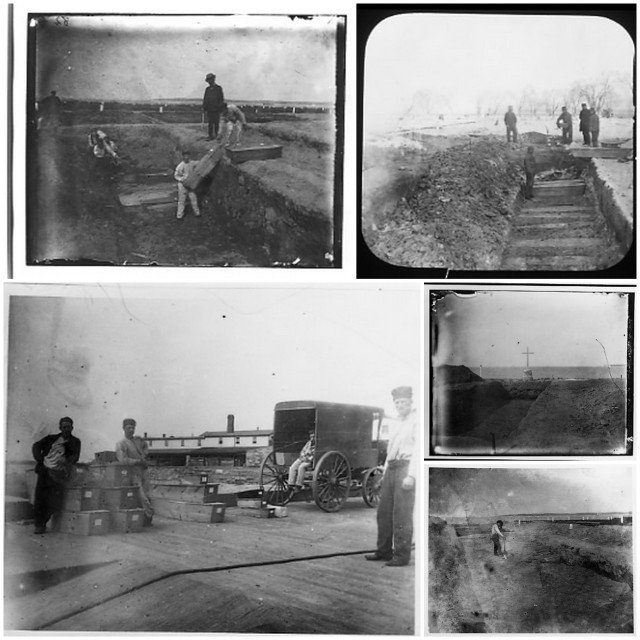The
castle complex now consists of a tower keep, a great hall, a curtain wall that
surrounds about one acre and a curious Tudor style gate house that was added in
the 1600s. Unfortunately, several small
out buildings within the curtain walls have been lost to time. Stone foundations in the soil mark where they
once stood. The level of preservation of
this remarkable place is for two reasons.
First is the poverty that owners endured in the years after the Civil
War. That lack of funds did not allow
remodeling or changes that occurred in more affluent manors through the years. The second is the foresight of the Allcroft
family who purchased Stokesay in 1896.
They took enormous care to restore and preserve the castle in its
original form, although the retained the gate house and other additions that
date from Tudor times.
The following is
from the English Heritage web site for Stokesay Castle. More information and additional photographs
can be found there.
http://www.english-heritage.org.uk/daysout/properties/stokesay-castle/
Stokesay Castle is
quite simply the finest and best preserved fortified medieval manor house in
England. Set in peaceful countryside near the Welsh border, the castle,
timber-framed gatehouse and parish church form an unforgettably picturesque
group.
Lawrence of Ludlow, a wealthy local wool-merchant wishing to set up as a country gentleman, bought the property in 1281, when the long Anglo-Welsh wars were ending. So it was safe to raise here one of the first fortified manor houses in England, 'builded like a castle' for effect but lit by large domestic-style windows. Extensive recent tree-ring dating confirms that Lawrence had completed virtually all of the still surviving house by 1291, using the same team of carpenters throughout: more remarkably, the dating also revealed that it has scarcely been altered since.
Lawrence of Ludlow, a wealthy local wool-merchant wishing to set up as a country gentleman, bought the property in 1281, when the long Anglo-Welsh wars were ending. So it was safe to raise here one of the first fortified manor houses in England, 'builded like a castle' for effect but lit by large domestic-style windows. Extensive recent tree-ring dating confirms that Lawrence had completed virtually all of the still surviving house by 1291, using the same team of carpenters throughout: more remarkably, the dating also revealed that it has scarcely been altered since.
 |
| An arrow slit defends the moat with a view west to the Welsh border. Photo by author |
Stokesay's
magnificent open hearthed great hall displays a fine timber roof, shuttered
gable windows and a precipitous staircase, its treads cut from whole
tree-trunks. It is flanked by the north tower, with an original medieval tiled
floor and remains of wall painting, and a 'solar' or private apartment block,
and beyond this the tall south tower - the most castle-like part of the house,
self-contained and reached by a defensible stairway.
The solar block contains one of the few post-medieval alterations to the house, a fine panelled chamber. Its dominating feature is a fireplace with a richly carved overmantel, still bearing the traces of original painting in five colours. This was added in about 1641, at the same time as the truly delightful gatehouse: an example of the Marches style of lavishly showy timber-framing, bedecked with charming carvings of Adam and Eve.
 |
| Inside the Great Hall. The oak timber rafters are original as is most of the slate roofing. Photo by author. |
 |
| An opposite view across the Great Hall to the stairs to the living quarters. Photo from: http://www.english-heritage.org.uk/daysout/properties/stokesay-castle/ |
The solar block contains one of the few post-medieval alterations to the house, a fine panelled chamber. Its dominating feature is a fireplace with a richly carved overmantel, still bearing the traces of original painting in five colours. This was added in about 1641, at the same time as the truly delightful gatehouse: an example of the Marches style of lavishly showy timber-framing, bedecked with charming carvings of Adam and Eve.
 |
| This Amazing carved mantle was added to the solar during upgrades to the living quarters in the 17th Century. Photo by author. |
 |
| The Gate House entrance to Stokesay was added along with other improvements in the 17th Century. It seem out of place next to the 13th Century buildings, but adds a unique charm. Photo by author. |
 |
| The 17th Century Gate House from the top of the Tower. Photo by author. |
 |
| One of the many 17th Century wood carvings that still decorate the Gate House. Photo by author |
A few years later,
in 1645 Stokesay experienced its only known military encounter, surrendering
without fighting to a Parliamentarian force. So the house remained undamaged,
and sensitive conservation by Victorian owners and English Heritage have left
it the medieval jewel which survives today.
 |
| No visit to any English Heritage site is complete without a spot of tea, and a scone, jam and clotted cream! |



























